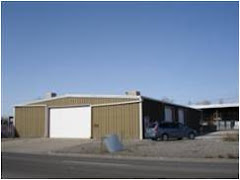In this case the property is a vacant undeveloped land and the city requires the owner to dedicate 40 feet of ground to the city for a new proposed parkway. It was just a matter of stating the facts so the assessor can value the property accordingly.
The appeal for my residence was not quite so successful however. It was the most likely and perhaps the best supported appeal, but no reduction was granted. Denied.
All in all we faired well and I have since noticed a number of properties where the taxes were not appealed and wished I had been aware of them before to offer some assistance.



